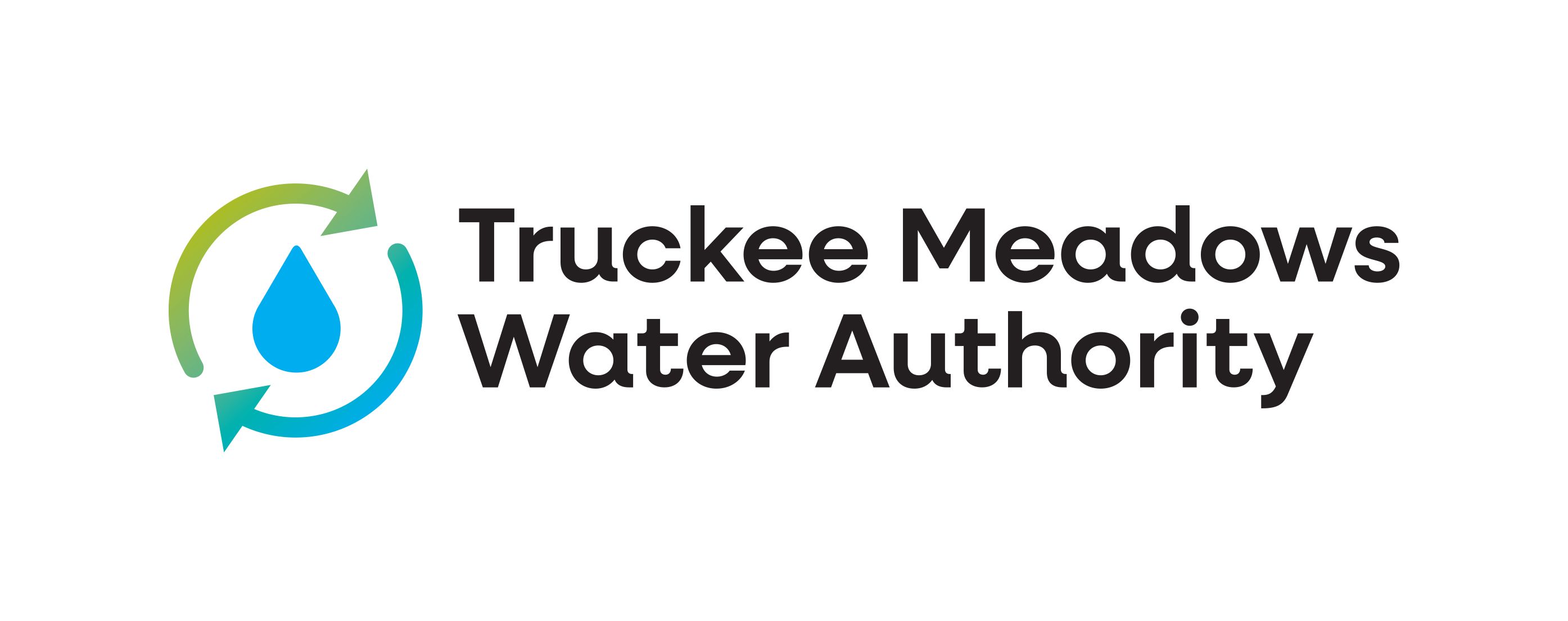Living with Fire Hazards in Northern Nevada
Much of northern Nevada is considered a high fire hazard environment. Our region possesses the right kind of weather, vegetation and topography to support wildfire. Since weather and topography cannot be altered, the best opportunity to reduce fire hazard lies in changing the characteristics of fire fuel.
In addition to wood building materials, wildfire hazards include naturally occurring plants such as sagebrush and ornamental plants in the residential landscape.
There are a number of plant characteristics that homeowners living in high fire hazard areas should look for when selecting fire-wise plants for their landscapes:
- High moisture content
- Low-growing habit
- Lack of flammable chemicals

The University of Nevada Cooperative Extension has adapted TMWA's Landscape Guide into a companion publication called Choosing the Right Plants for Northern Nevada's High Fire Hazard Areas. Please visit the Living With Fire website. Click on the Publications tab to get a downloadable version of their plant guide with helpful guidance for landscaping with fire-wise plants.
Homeowners living in high fire hazard areas should use care in selecting plants for around their homes:
- Emphasize herbaceous plants including lawn, conservation grasses, some ground covers, annual and perennial flowers, and bulbs.
- Use deciduous shrubs that are less than 2 feet in height.
- Select deciduous trees.
- Avoid evergreen shrubs and trees within 30 feet of the home.
Home survival during wildfire is greatly influenced by the characteristics of the vegetation growing adjacent to the house. The area within 30 feet of the house should emphasize landscape plants that are difficult to ignite by burning embers, and if ignited, do not produce sufficient heat to ignite the house. Plants should be routinely maintained to keep them healthy, vigorous, and free of dead material.
